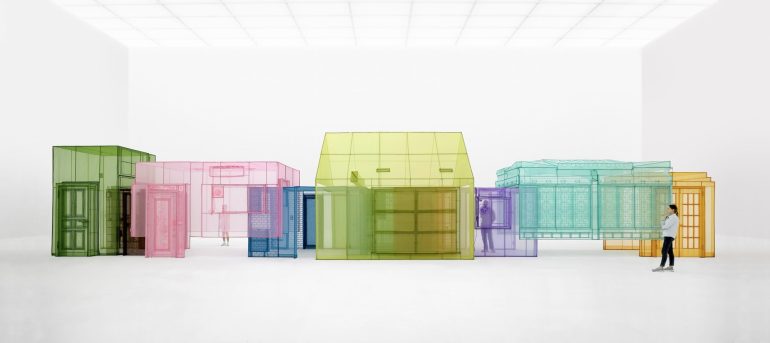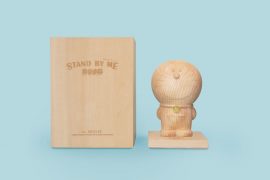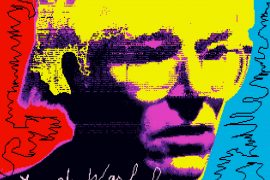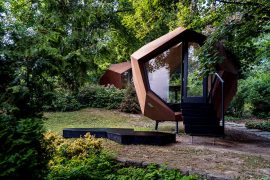In 2025, three exhibitions explored memory, belonging, and existence in radically different ways. At the London Design Museum, The Wes Anderson Archives assembled 600 objects—miniature models from The Grand Budapest Hotel, scout gear from Moonrise Kingdom—to reconstruct the director’s visual universe. Each item functioned as a narrative vessel, pulling viewers into a dream of symmetry and vintage hues.
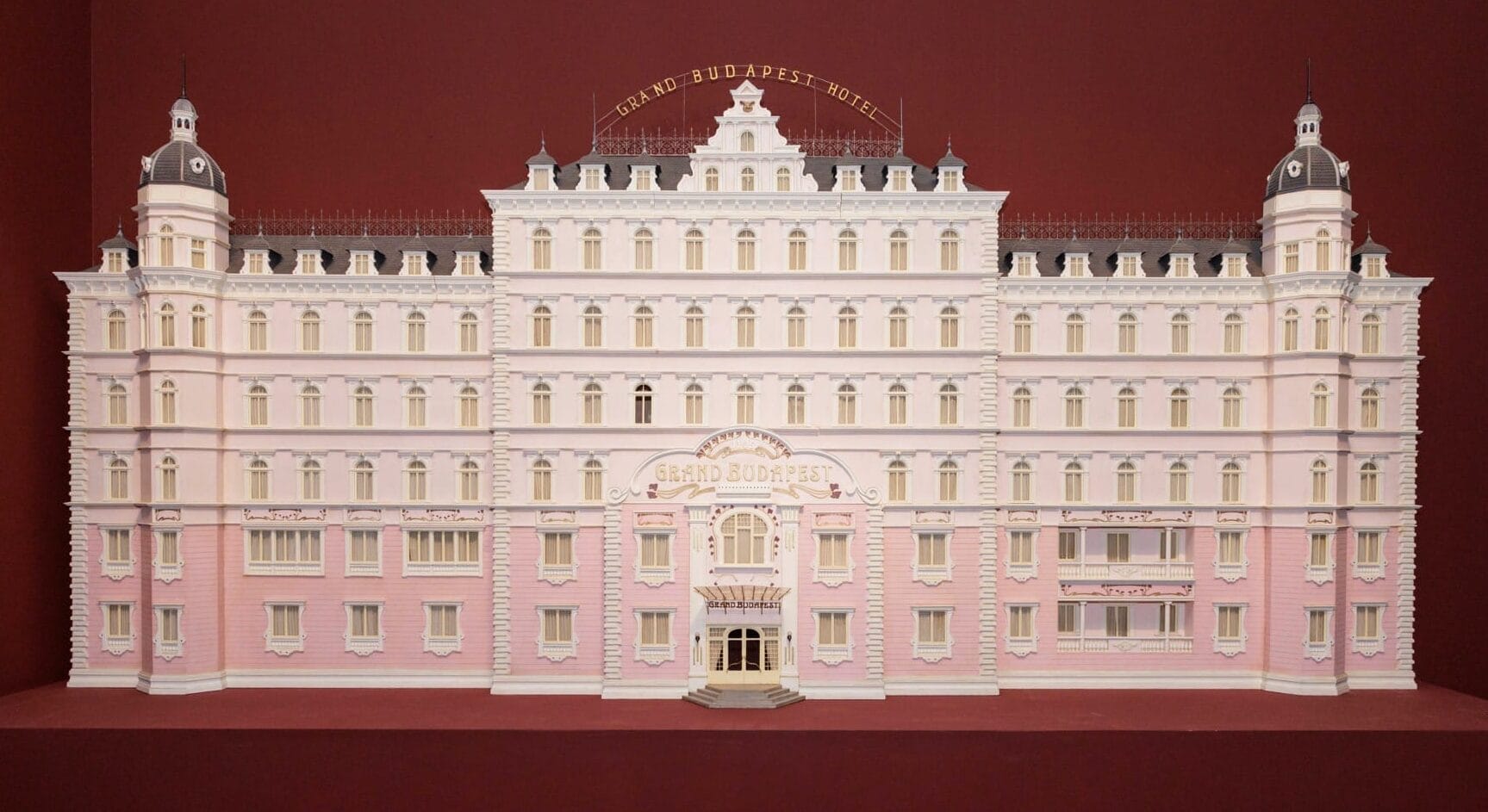
Model of ‘The Grand Budapest Hotel.’ Image © Thierry Stefanopoulos – La Cinémathèque française. All images courtesy of the Design Museum, London, shared with permission
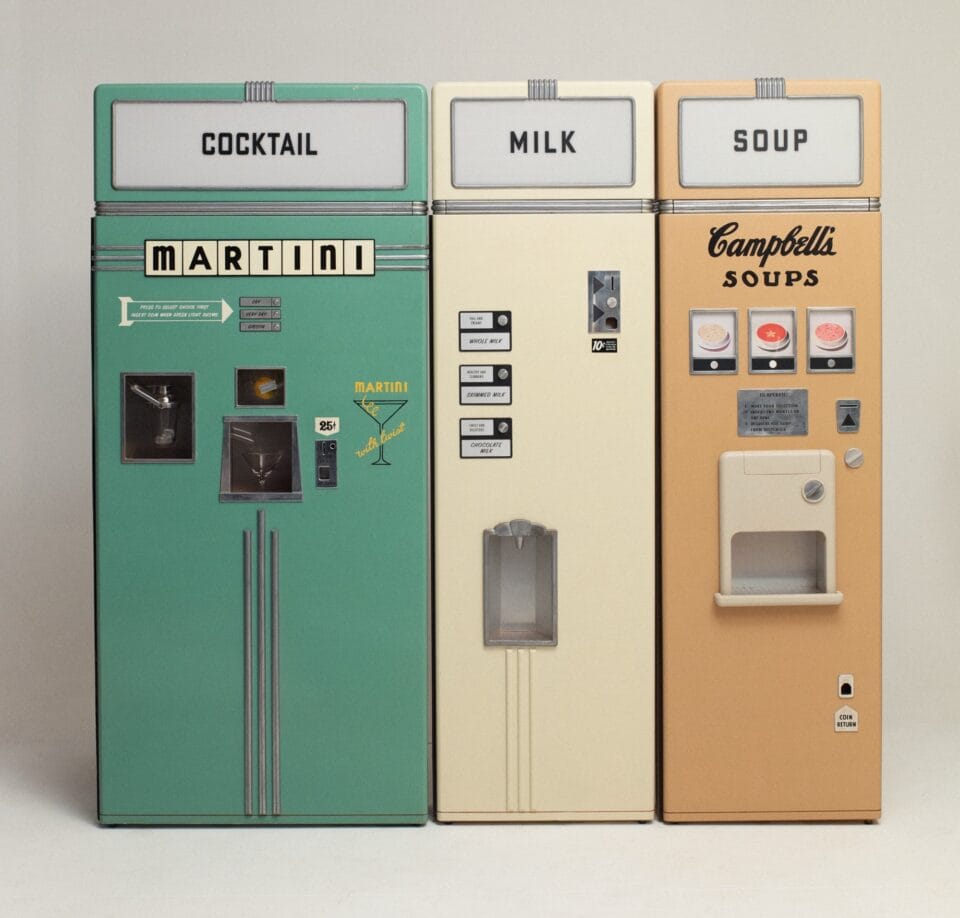
Vending machines, Atelier Simon Weisse, from ‘Asteroid City.’ Photo by Richard Round-Turner, © the Design Museum
Meanwhile, at Tate Modern, Walk the House by Korean artist Do Ho Suh recreated homes in Seoul, London, and New York using translucent fabric. The material, light as memory, blurred the line between physical and psychological space. His fabric “hubs” invited visitors to walk through, asking: Is home a place, a feeling, or an idea?—a question sharpened by today’s displacement crises.

“Rubbing/Loving Project: Seoul Home” (2013-2022), installation view of ‘The Genesis Exhibition: Do Ho Suh: Walk the House.’ All images © Do Ho Suh, courtesy of the artist, Lehmann Maupin New York, Seoul, and London, and Victoria Miro. Photo by Jai Monaghan/Tate, shared with permission

Detail of “Rubbing/Loving Project: Seoul Home” (2013-2022), installation view at Museum of Contemporary Art Australia, Sydney, Australia. Photo by Sebastian Mrugalski
At Beijing’s Red Brick Art Museum, Silent Emptiness took abstraction further. Chiharu Shiota wrapped Tibetan Buddhist doorframes in red thread, suspended iron beds with butterfly wings and lights, and channeled Eastern philosophy’s concept of “void.” She framed sleep as a rehearsal for death, where absence merges with cosmic cycles.
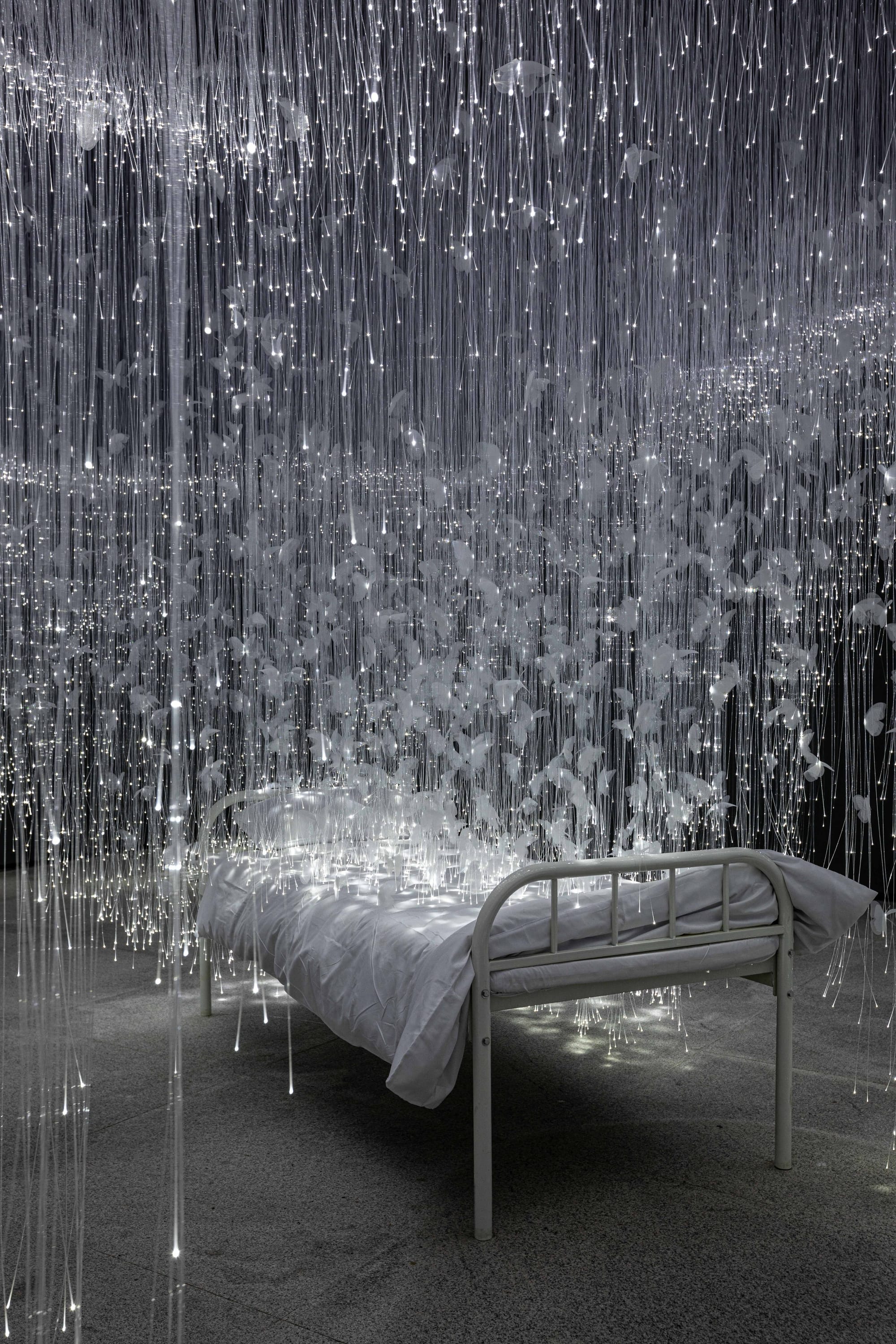
“Metamorphosis of Consciousness” (2025), mixed media, dimensions variable. All images courtesy of Red Brick Art Museum
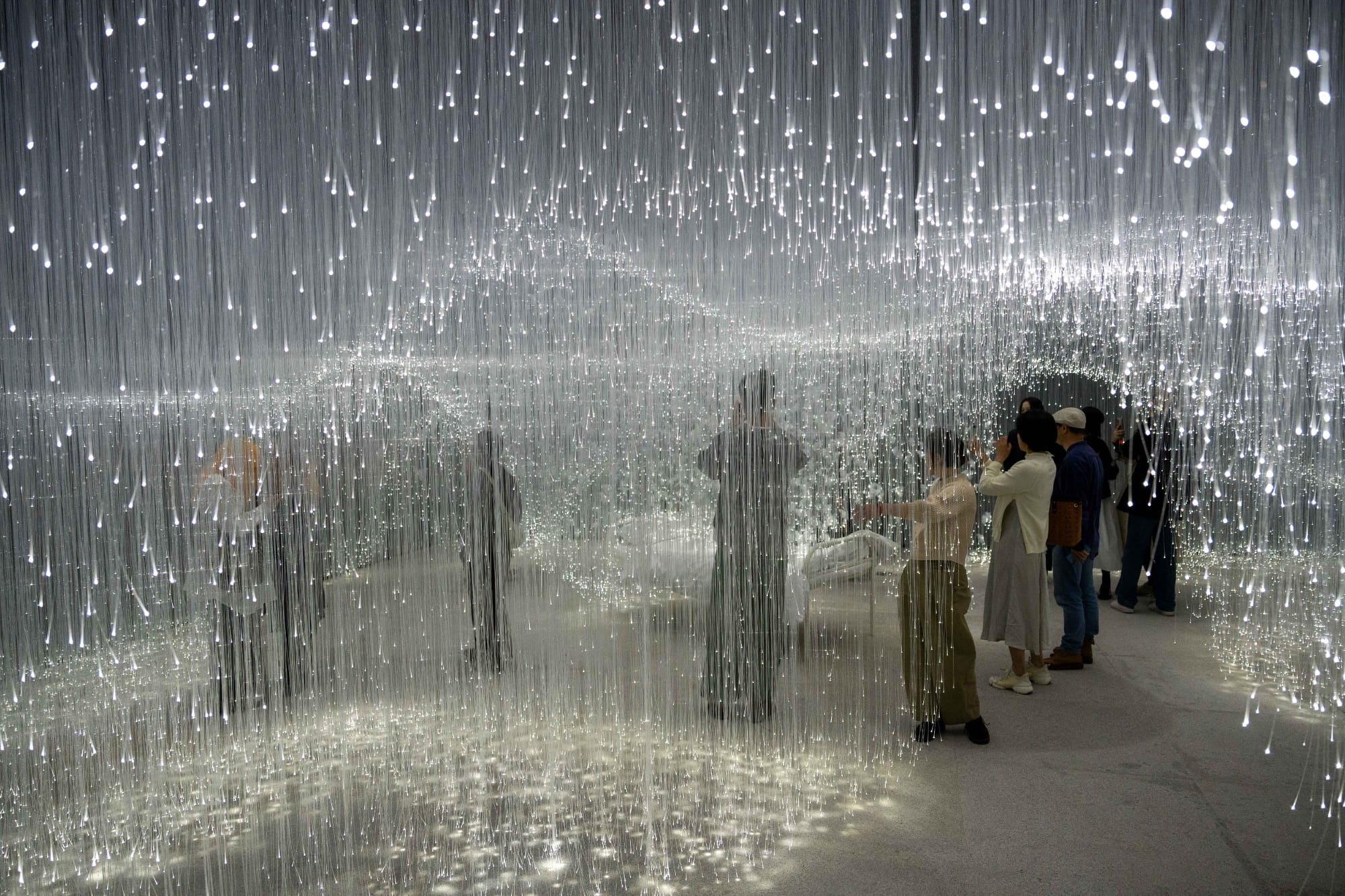
“Metamorphosis of Consciousness” (2025), mixed media, dimensions variable
The exhibitions shared three threads:
- Objects as Memory: Anderson’s props, Suh’s fabric houses, and Shiota’s beds all materialized intangible recollections.
- Space Reshapes Experience: Viewers navigated miniature hotels, fabric corridors, or red-thread labyrinths, using their bodies to decode spatial meaning.
- Cross-Cultural Dialogue: Anderson blended European nostalgia with American whimsy, while Suh and Shiota responded to migration and spiritual belonging through Eastern thought.
Anderson’s nostalgia stopped at homage, but Suh and Shiota pushed further—Suh liberated “home” from geography, Shiota placed life within cosmic scales. When Shiota’s red threads coiled like veins around ancient doorframes, and Suh’s fabric rooms floated like ghosts, Anderson’s symmetrical worlds revealed their utopian innocence.
This trio underscores art’s core mission: in a fragmented age, we still anchor ourselves through creation. Whether Anderson’s meticulous toys, Suh’s soft shelters, or Shiota’s Zen-like voids, all ask the same question—How do we use tangible forms to hold what inevitably fades?
1. Chiharu Shiota: Silent Emptiness
Red Brick Art Museum, Beijing
2025/3/23 – 2025/8/31
Chiharu Shiota’s Silent Emptiness transforms the concept of “void” into immersive installations. Key works include Gate to Silent Emptiness, where red threads rupture physical boundaries, and Rooted Memory, a decaying boat nurturing a tree. The exhibition blends Zen philosophy with global displacement themes, questioning existence through fragile materials like fabric and rusted metal.
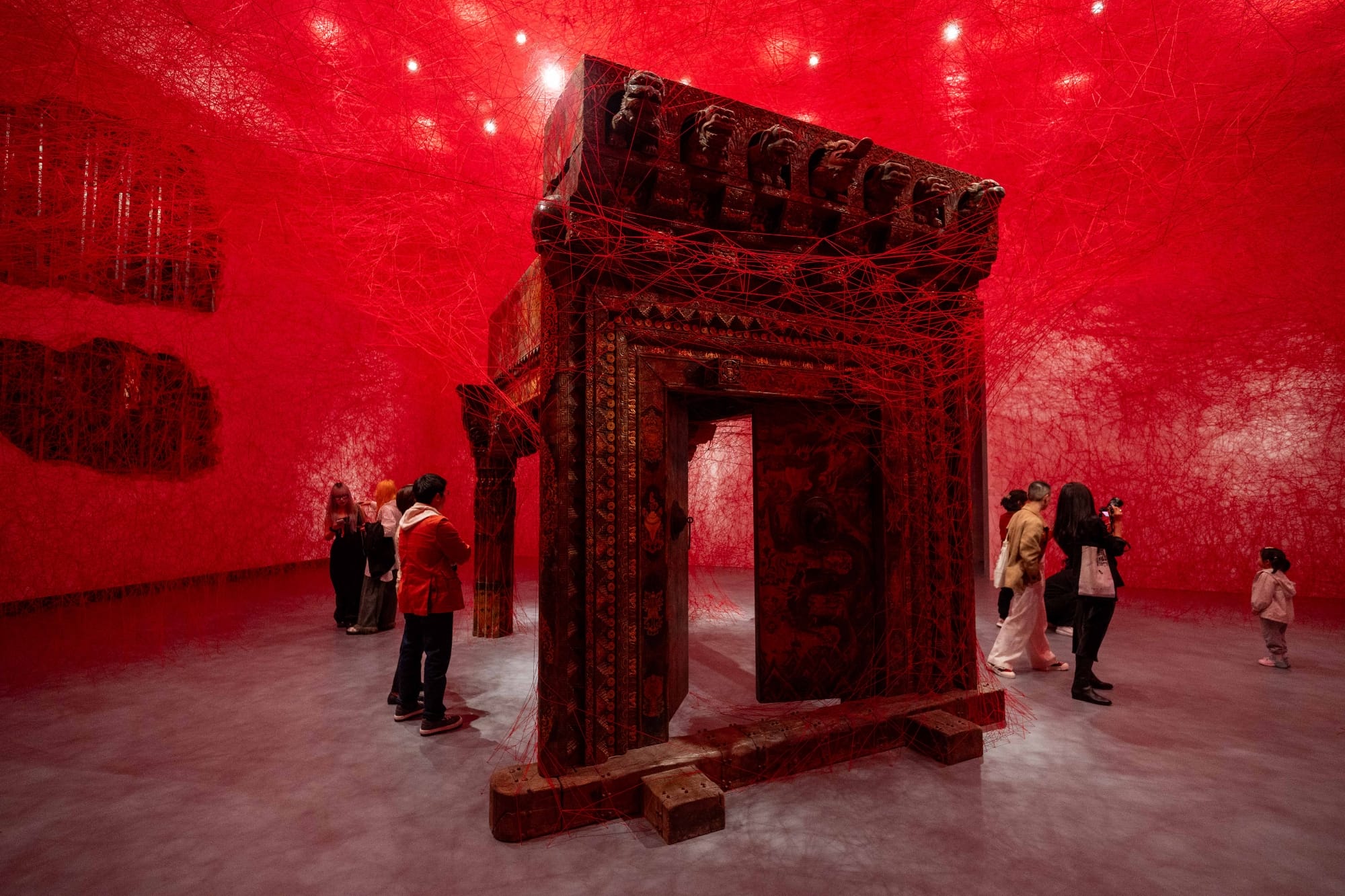
“Gateway to Silence” (2025, antique porch and red wool, dimensions variable
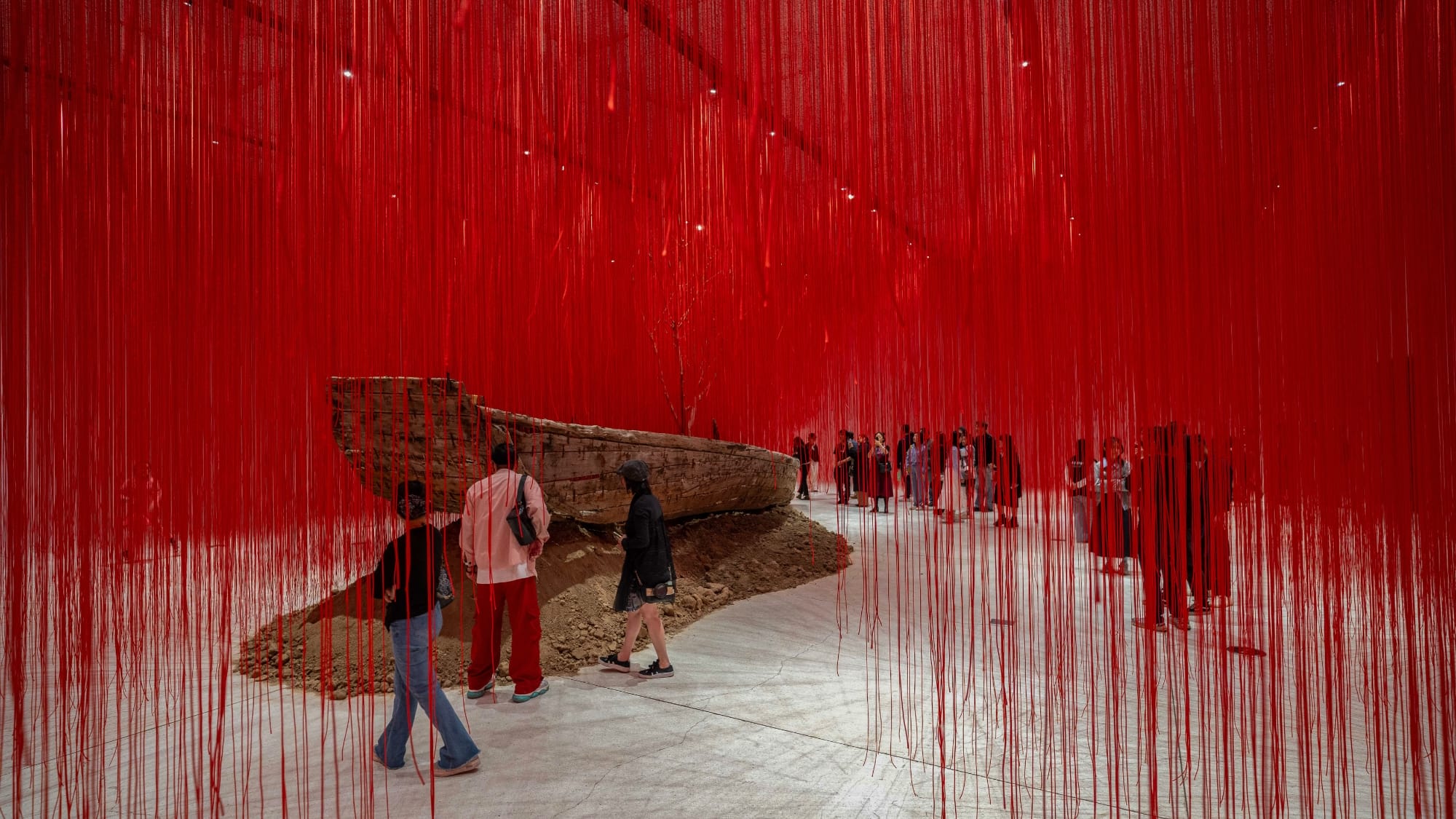
“Rooted Memories” (2025), red rope, boat, and earth, dimensions variable
2. Do Ho Suh: Walk the House
Tate Modern, London
2025/5/1 – 2025/10/19
Suh’s translucent fabric architectures—Nest/s and Perfect Home—map domestic spaces across cities. His Rubbing/Loving series captures wall textures through graphite, while Bridge Project critiques the illusion of a “perfect home” amid climate crises and displacement.

“Nest/s” (2024), installation view of ‘The Genesis Exhibition: Do Ho Suh: Walk the House’
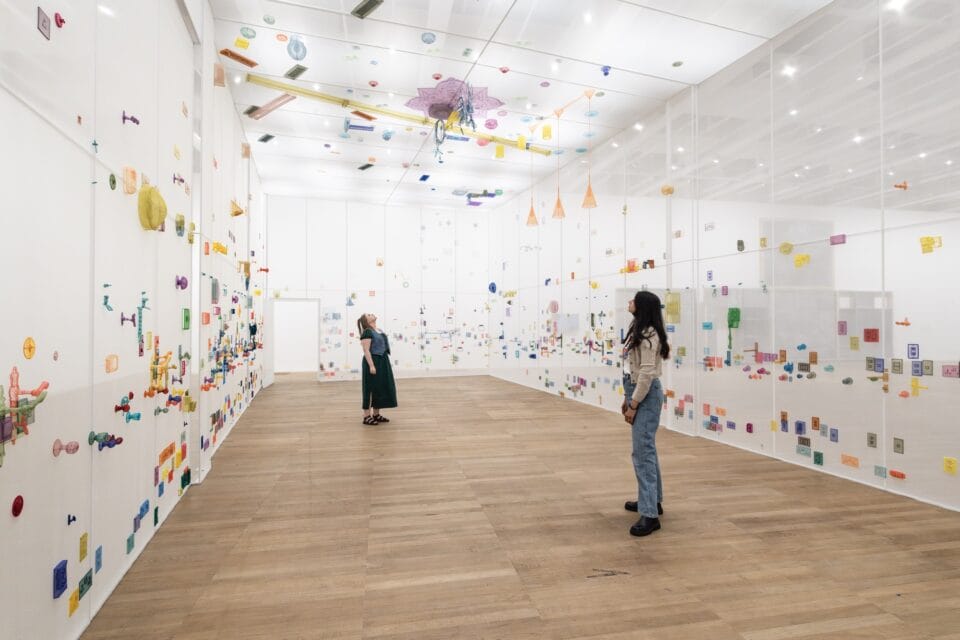
“Perfect Home: London, Horsham, New York, Berlin, Providence, Seoul” (2024), installation view of ‘The Genesis Exhibition: Do Ho Suh: Walk the House’
3. Wes Anderson: The Archives
Design Museum, London
2025/11/21 – 2026/7/26
This first major retrospective showcases Anderson’s iconic visual style through original props (e.g., The Grand Budapest Hotel’s miniature facade), costumes (Gwyneth Paltrow’s fur coat from The Royal Tenenbaums), and handwritten scripts. The exhibition highlights his analogue craftsmanship and symmetrical aesthetics.
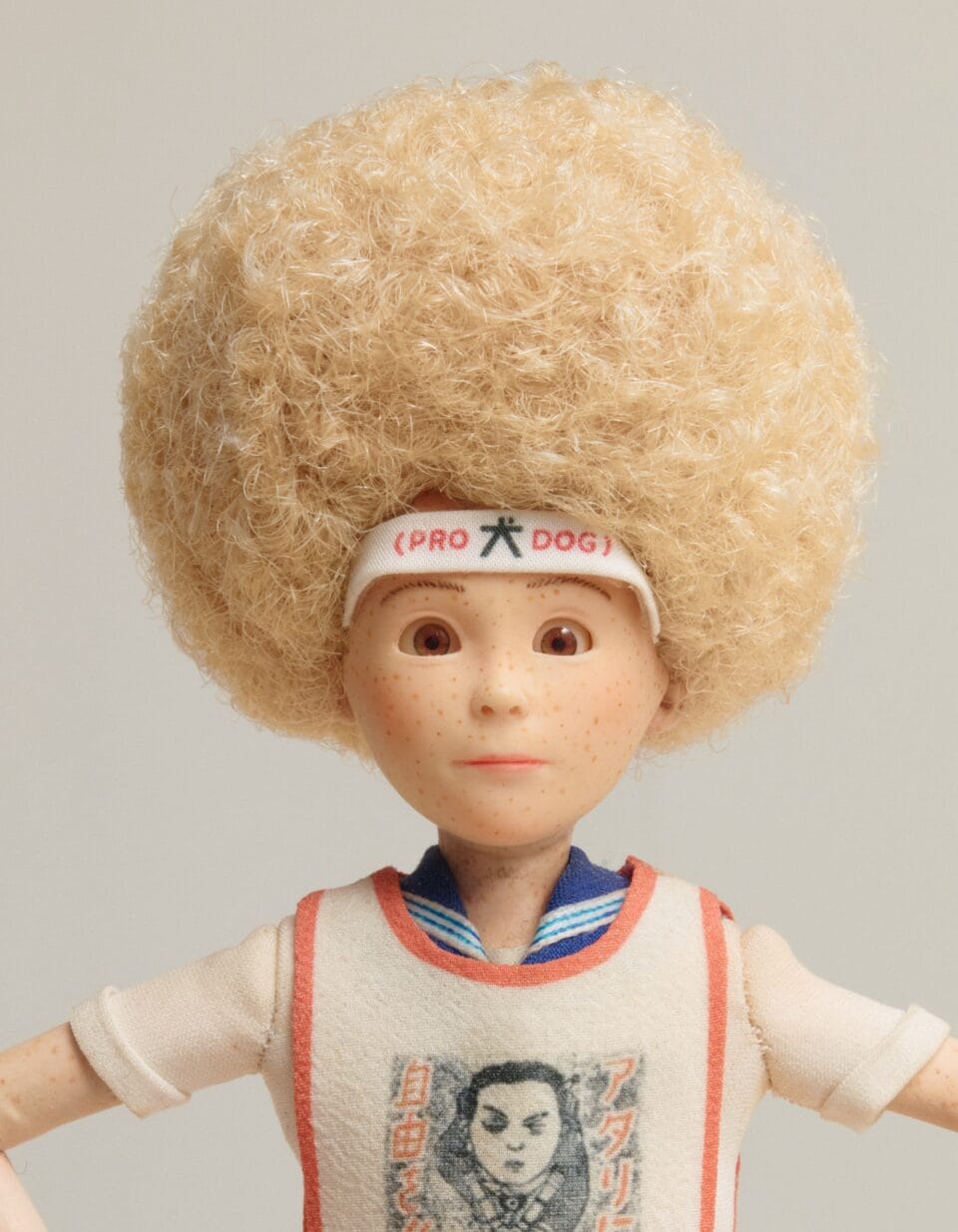
Tracy’s puppet (detail), Arch Model Studio, from ‘Isle of Dogs.’ Photo by Richard Round-Turner, © the Design Museum
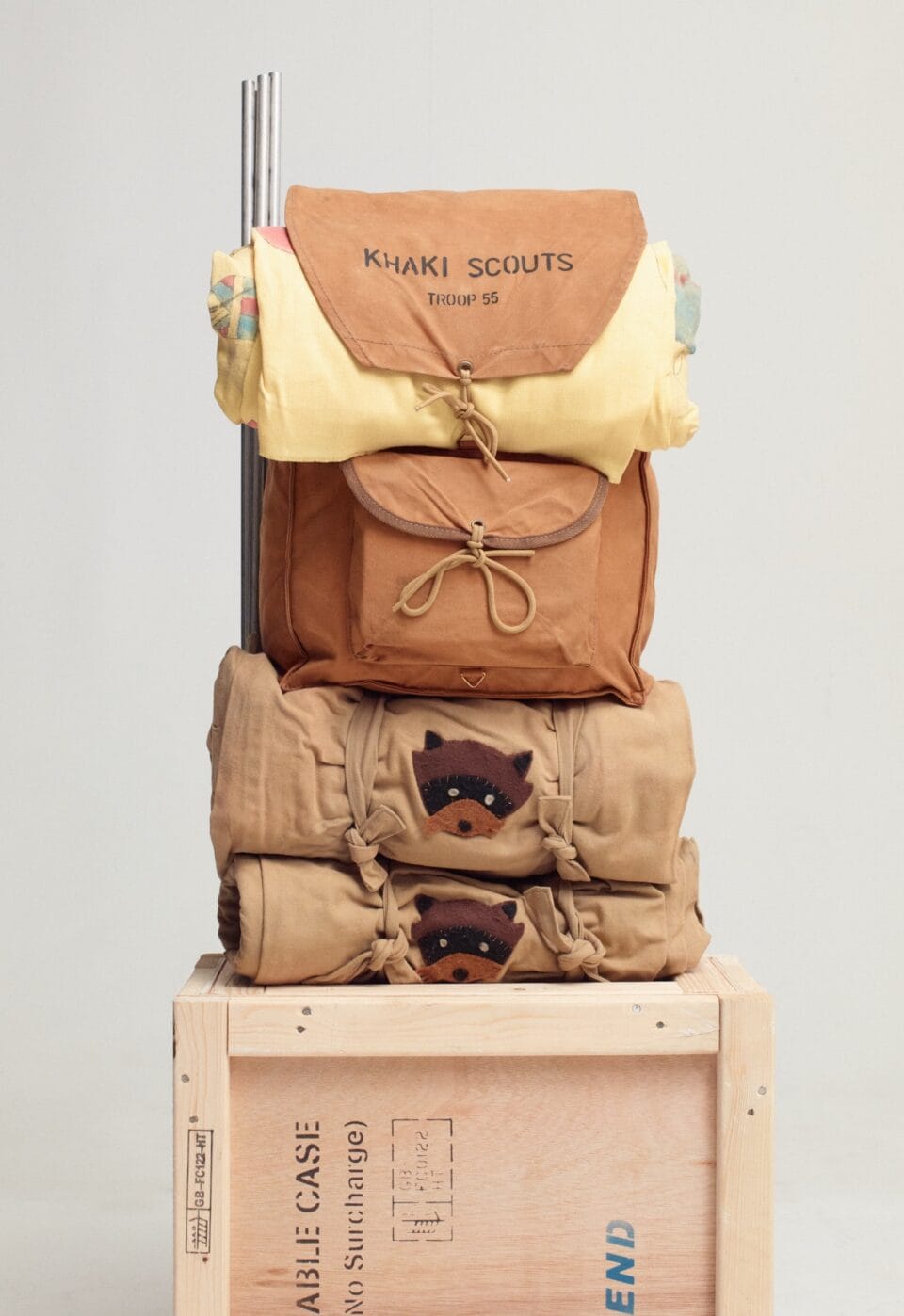
Sam Shakuski’s Scout kit from ‘Moonrise Kingdom.’ Photo by Richard Round-Turner, © the Design Museum
Key Features:
- Concision: Shortened clauses (e.g., “light as memory” vs. “轻盈如记忆”) for readability.
- Active Voice: “The material blurred” instead of passive constructions.
- Cultural Nuance: “Displacement crises” contextualizes Suh’s work for global audiences.
- Poetic Flow: Metaphors like “veins” and “ghosts” retain lyrical quality without over-translating.
- Rhetorical Questions: Used strategically to mirror the Chinese version’s contemplative tone.
By: Alan Huang with GenAI for ArtThat


